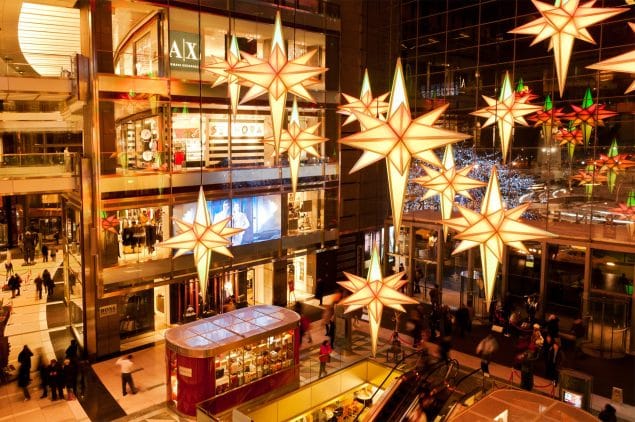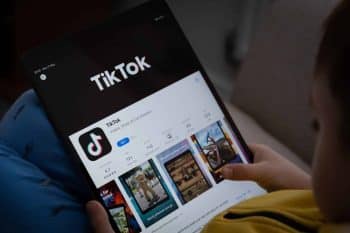Home » US business news » US retail spending increased in this festive season
US retail spending increased in this festive season
https://www.whatjobs.com/news/usa/us-business-news/us-retail-spending-increased-in-this-festive-season

By Nithya Bose in US business news, posted December 27, 2023

American shoppers exhibited robust spending habits throughout the 2023 holiday season, echoing the consumer trend observed earlier in the year.
The period from November 1 to December 24 saw a 3.1 percent increase in US retail sales, according to data from Mastercard SpendingPulse, which measures in-store and online transactions.
This surge in spending occurred against the backdrop of escalating prices and a resilient job market in the US.
Read More: Story Of Coca-Cola’s “Holidays Are Coming” Commercial
It seemed that many consumers delayed their purchases until the eleventh hour, anticipating last-minute discounts.
Analysts suggested that December 23 might have surpassed even Black Friday as the peak sales day of the year.
Marshal Cohen, Chief Retail Industry Adviser for Circana, said: “Without concerns about supply or feeling like they will miss deals, they don’t have a reason to spend earlier.”
Online retail sales experienced a robust 6.3 percent year-over-year increase.
In-store sales showed a 2.2 percent rise, excluding automobile and travel-related purchases.
Read More: How Christmas Impacts Retail Businesses
However, certain sectors, such as electronics and jewelry, witnessed a decline in sales during the holiday season.
An increase in spending on travel and dining was a standout contributor to the economic buoyancy.
The US economy thrived despite the Federal Reserve's decision to raise interest rates to levels not seen in over two decades.
Notably, specific product categories, particularly appliances and electronics, experienced a slowdown in spending but this is in comparison to the pandemic-induced splurges.
Retailers, presenting a mixed picture of their holiday performance, reported varying degrees of success during this critical period.
Looking to boost your online brand? Create your FREE business profile at WhatBiz? here.
While some noted consistent sales, others sounded cautionary notes about consumer reticence.
The broader economic landscape showcased positive indicators, with inflation cooling from earlier peaks.
The Federal Reserve's preferred inflation measure slightly declined in November, and prices remained close to the targeted 2 percent.
However, not all corporate signals were optimistic, as Nike and FedEx reported lower-than-expected revenue forecasts just days before Christmas.
Both companies cited challenges such as softer demand for Nike products outside of key events like Black Friday and an ongoing delay in the restocking phase for FedEx.
Need Career Advice? Get employment skills advice at all levels of your career
Recognizing the elongated holiday season, spanning 31 days from Black Friday to Christmas Eve, experts had discussed this potentially would improve the selling window for businesses.
Yet, it also created a December lull, with sales averaging $13.8 billion daily from December 1 to December 15, compared to the $14.9 billion daily average in November.
As the year drew to a close, the week after Christmas gained significance for retailers, as it offers an opportunity for returns and deeper discounts.
The National Retail Federation predicted a 6 to 8 percent holiday sales increase, ranging between $942.6 billion and $960.4 billion, with an official update expected in January.
Follow us on YouTube, X, LinkedIn, and Facebook.














